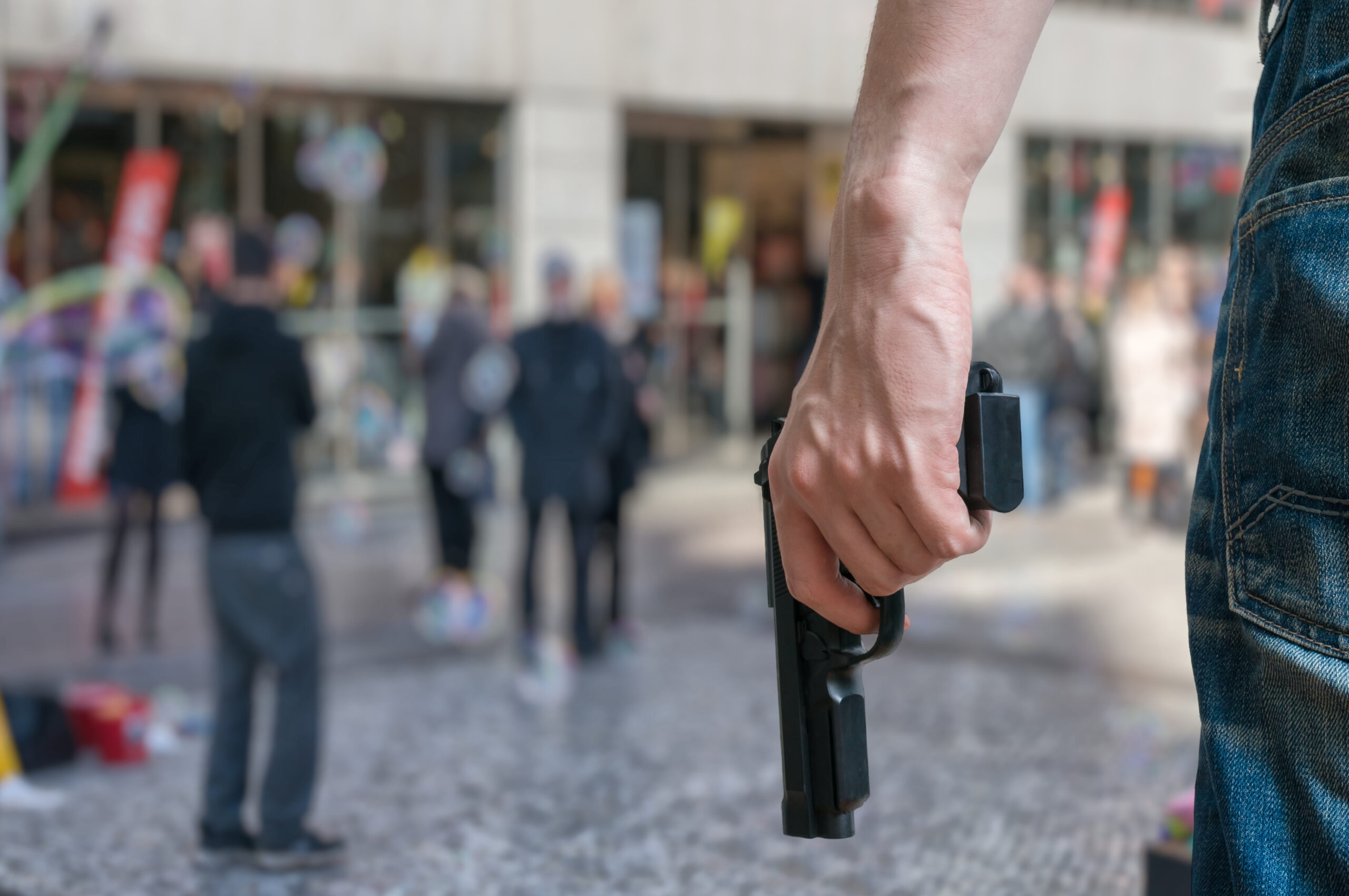Imagine you’re at your favorite coffee shop, at work, or even at a concert. Suddenly, chaos erupts as an unimaginable threat unfolds. This is not just a hypothetical scenario; it’s a reality that many have faced. Understanding active shooter situations can be your first step towards safety.
What Defines an Active Shooter?
An active shooter is someone who is actively engaged in killing or attempting to kill people, typically in populated areas. The key here is the word “active,” which means the shooter is currently using a firearm and intends harm. It’s like someone deciding to use a gun to hurt as many people as possible, all at once.
History of Active Shooter Incidents
Active shooter incidents aren’t new, but their prominence in public consciousness has dramatically increased over the last few decades. Over the past 10 years, we’ve seen an alarming rise in these events globally. Reports indicate that the frequency of active shooter incidents has more than tripled since the early 2000s, marking a significant uptick in these traumatic events.
Characteristics of Active Shooters
Active shooters can be challenging to predict, but some common characteristics include signs of significant stress or aggression, social isolation, and often, a noticeable change in behavior or routine. They might express interest in violence or weapons excessively. Understanding these signs can sometimes help in spotting a potential situation before it escalates.
Common Motivations of Active Shooters
The motivations behind active shooter incidents can vary widely but often include desires for revenge, ideological expressions, or mental health crises where the individual feels overwhelmingly cornered or persecuted. These motivations are crucial in understanding the why behind the violence, which can sometimes provide insights into prevention.
Impact on Communities and Society
The ripple effects of an active shooter incident are profound. Victims and witnesses can suffer from long-term psychological effects like PTSD. Communities may experience increased fear and decreased sense of security, impacting local businesses and overall community health. The societal costs are immense, not just in human lives but in the overall fabric of community trust and cohesion.
Awareness is your best defense
Understanding the nature of active shooter situations, recognizing the signs, and knowing how to respond can significantly enhance your safety and resilience. While the topic is distressing, being informed is a crucial step in protecting yourself and your loved ones.
Recommendations
- Stay Informed: Regularly check updates on local safety protocols and Active Shooter Response training. Knowledge is power, and staying informed is vital.
- Be Prepared: Engage in active shooter training programs. These programs can provide practical tips and rehearsed responses that could be life-saving in a crisis
Refuse to be a Victim…
For more information and help to Protect What YOU Value Most, check out our inspiring courses at https://freestatesafetytraining.com/courses




